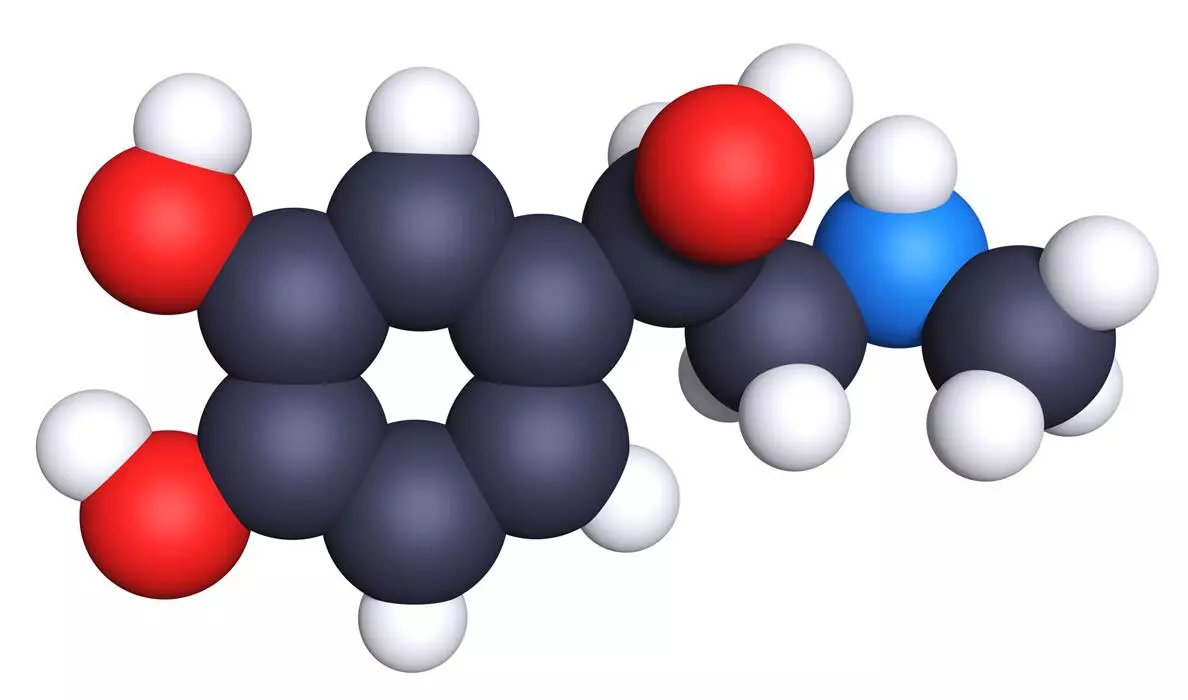Unraveling the Hormonal Changes
Hormonal changes are a ubiquitous aspect of a woman’s biological journey, acting as silent conductors and orchestrating intricate physiological symphonies. From the initial crescendo of puberty to the nuanced harmonies of pregnancy and the gradual diminuendo of menopause, these fluctuations play a pivotal role in shaping a woman’s health. One area profoundly affected by these hormonal ebbs and flows is vaginal moisture, a delicate balance primarily regulated by estrogen. Understanding the nexus between hormonal changes and vaginal moisture is not merely an exploration of biology; it is a voyage into the heart of women’s well-being.
As a girl transitions into adolescence, the onset of puberty heralds a cascade of hormonal changes, marked by the awakening of the reproductive system. Estrogen, the principal player in this hormonal ensemble, surges, initiating the development of secondary sexual characteristics and laying the foundation for the woman she will become. Simultaneously, these hormonal fluctuations set in motion changes in the vaginal environment. The delicate interplay between hormones, particularly estrogen, and the physiological shifts during puberty creates a landscape where vaginal moisture becomes a subtle but crucial indicator of reproductive health.
The menstrual cycle, a monthly dance of hormones, further underscores the dynamic relationship between hormonal changes and vaginal moisture. Estrogen and progesterone, the duet of the menstrual symphony, rise and fall in orchestrated patterns. During ovulation, when estrogen peaks, many women experience heightened vaginal moisture, a biological nod to fertility. Conversely, the premenstrual and menstrual phases, characterized by a decline in estrogen, may bring about moments of vaginal dryness. These cyclical variations emphasize the intricate hormonal choreography that influences the vaginal environment, shaping its moisture levels throughout a woman’s reproductive years.
Hormonal Changes: Shaping Women’s Well-being
Beyond the rhythmic cadence of the menstrual cycle, hormonal changes take center stage during the transformative journey of pregnancy. The surge in estrogen, a hallmark of pregnancy, serves multifaceted roles in supporting the uterine environment and fostering fetal development. Yet, amidst these pivotal roles, estrogen also leaves its mark on the vaginal landscape. Many expectant mothers notice increased vaginal moisture during pregnancy, a phenomenon linked to hormonal changes. As the body prepares for childbirth, the intricate interplay between hormones becomes a tangible part of the woman’s lived experience, influencing not only reproductive physiology but also aspects of intimate well-being.
The menopausal years bring a crescendo and a decrescendo to the hormonal symphony that has accompanied a woman throughout her reproductive life. Menopause, a natural biological occurrence, signifies the cessation of menstrual cycles and a decline in estrogen production. This hormonal ebbing has pronounced effects on the vaginal environment, leading to changes in tissue elasticity and lubrication. Vaginal dryness, a common symptom experienced by menopausal women, stands as a testament to the intricate influence hormones wield over intimate health.

Hormonal Changes Unveiled: Navigating Women’s Health Tapestry
In this exploration of hormonal changes and vaginal moisture, we embark on a journey through the various stages of a woman’s life, deciphering the biological nuances that underlie these transitions. From the onset of puberty to the transformative phases of pregnancy and menopause, hormones serve as both architects and sculptors of the intricate landscape of female reproductive health. As we unravel the complexities of this hormonal tapestry, we gain insights not only into the physiological mechanisms at play but also into the profound interconnection between hormonal changes and the intimate well-being of women. Join us on this expedition into the heart of feminine health, where hormones take center stage, conducting the symphony of life within the complex, yet beautifully orchestrated, realm of the female body.
Understanding Hormonal Changes
Hormones: The Body’s Messengers
One has to know what hormones do to the body before appreciating how hormonal changes affect vaginal lubrication. The hormones act as a means of communication and control many body functions. Estrogen plays a central role in vaginal health. The elasticity and lubrication of the vaginal tissue are maintained by estrogen, which plays an important role in this process.
Puberty: The Onset of Change
Estrogens begin to change during puberty, which is the start of hormonal changes. During the transition into adulthood, the body also develops other features associated with maturity, such as breast growth, hip enlargement, and pubic hair onset. At the same time, these hormone fluctuations result in modifications of the vaginal milieu.
Hormonal Changes and Vaginal Moisture
Menstrual Cycle: Ebb and Flow of Hormones
In its own way, the menstrual cycle brings monthly changes in the level of sex hormones like estrogen and progesterone. These variations affect both the endometrium and the vulvar epithelium. Women may notice increased wetness in their vagina during the ovulation period, which is associated with a peak level of estrogen. However, in the post-menopausal phase or during menstruation and immediately before it, where there is an estrogen decrease, vaginal dryness can be more common than otherwise.
Pregnancy: Hormonal Surges and Vaginal Changes
During pregnancy, there are dramatic hormone changes, like increased estrogen concentration. It ensures that the uterus supports the embryo while it is developing and maintains endometrial cushioning. Nevertheless, the physiological changes in hormones affect the surrounding conditions of the vagina and cause excessive lubrication. Such changes need to be understood by expectant mothers since their pregnancy involves distinct features that are peculiar.
Menopause: Estrogen’s Decline and Vaginal Dryness
However, menopause is a normal biological event that denotes a major hormonal step in women’s lives. The changes that take place within the vaginal tissues as estrogen levels become low result in reduced elasticity and moisture. Many menopause women experience vaginal dryness that is uncomfortable and may disturb sex life.
Maintaining Vaginal Health Amid Hormonal Changes
Hydration: A Key Player in Vaginal Moisture
Maintaining an appropriate level of hydration is one of the most basic elements of vaginal care. Lubrification is one of the main body mechanisms required for normal functioning. Lubrication of the vaginal mucous membrane greatly depends on water intake. Regularly taking in fluids helps reduce discomfort from fluctuating hormones in vaginal lubrication.
Healthy Diet: Nourishing from Within
Hormonal balance is dependent on nutrition as well. All in all, eating foods with omega-3 fatty acids, vitamin E, and oxidants may help reproductive health. The vaginal tissues are resistant to these nutrients, which in turn eases symptoms related to declining estrogen.
Regular Exercise: Boosting Blood Flow
Exercise leads not only to the overall improvement of physical condition, but it is also important for keeping a healthy uterus and vagina. Regular exercise enhances blood movement, ensuring food reaches the tissues of the vagina. Better blood supply may also contribute to increased lubrication and a reduction in the effect of hormones on vaginal fluid.
Harmonizing Hormonal Changes for Women’s Health
In the culmination of our exploration into the symbiotic relationship between hormonal changes and vaginal moisture, we find ourselves standing at the crossroads of science, resilience, and the profound resilience of the female body. The journey from the first stirrings of puberty through the rhythmic cadence of menstruation, the transformative odyssey of pregnancy, and the serene denouement of menopause reveals the intricate ballet conducted by hormones.
This symphony, composed over a woman’s lifetime, transcends the merely biological. It is a testament to the adaptive brilliance of the female body, an entity that harmonizes its responses with the ever-changing hormonal landscape. The variations in vaginal moisture become not just physiological markers but poetic expressions of a woman’s reproductive narrative.
Puberty emerges as the inaugural movement, where hormones orchestrate the transformation from girlhood to womanhood. The vaginal landscape mirrors this transition, responding to the hormonal crescendo with shifts in moisture levels. It’s a subtle introduction to the lifelong dance that hormones lead within the female body.
As the menstrual cycle unfolds, a monthly sonnet is composed, dictated by the cyclic rise and fall of estrogen and progesterone. Vaginal moisture becomes a responsive instrument, echoing the nuanced hormonal fluctuations. It is a reminder that within this rhythmic dance lies the potential for fertility and the cyclical nature of womanhood.
Pregnancy, a symphony of creation, introduces a surge in estrogen, conducting the body through the extraordinary feat of nurturing new life. The heightened vaginal moisture during this phase is more than a physiological response; it is a celebration of the body’s adaptability and the orchestration of hormonal forces towards the creation of life.

Menopause: Embracing Hormonal Changes with Wisdom
Menopause, the final movement, signifies the tapering of hormonal influence. The vaginal environment undergoes changes, and the melody of moisture takes on a different tone. Yet, within this seemingly serene denouement, there is a profound acknowledgment of the wisdom and experience that accompany this stage of life.
In our unraveling of these intricacies, we’ve not merely explored the scientific nuances of hormonal changes and vaginal moisture; we’ve delved into the profound resilience and adaptability of the female body. Understanding this interplay empowers women to navigate the different seasons of their reproductive lives with grace and knowledge. It’s an ode to the intricate dance between hormones and health, a recognition that within the biological, there exists a narrative of strength, adaptability, and the enduring beauty of the feminine journey. As we conclude this exploration, let it stand as a testament to the resilience of the female body, a harmonious interplay of hormones and health resonating through the symphony of womanhood.


